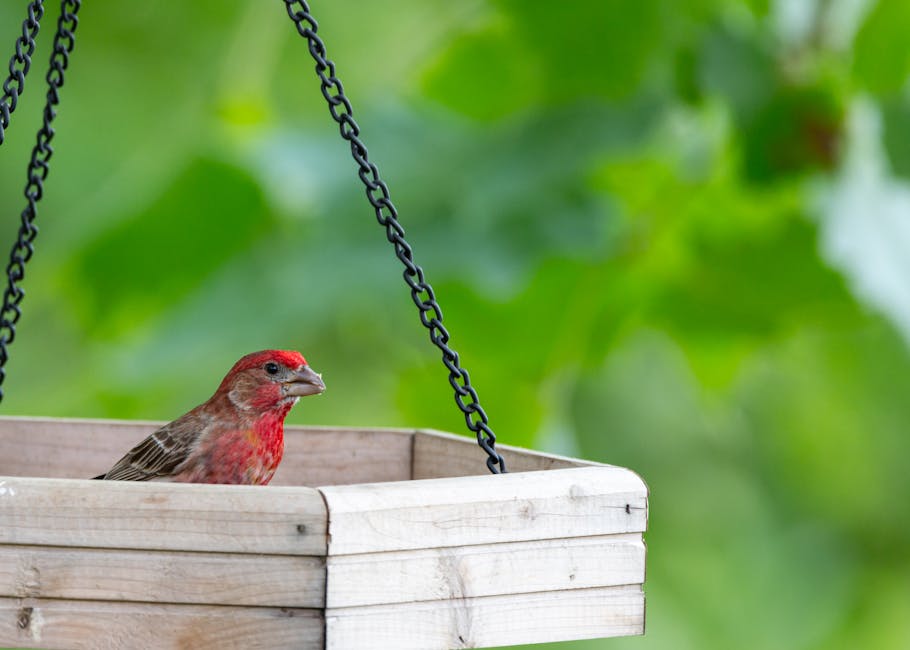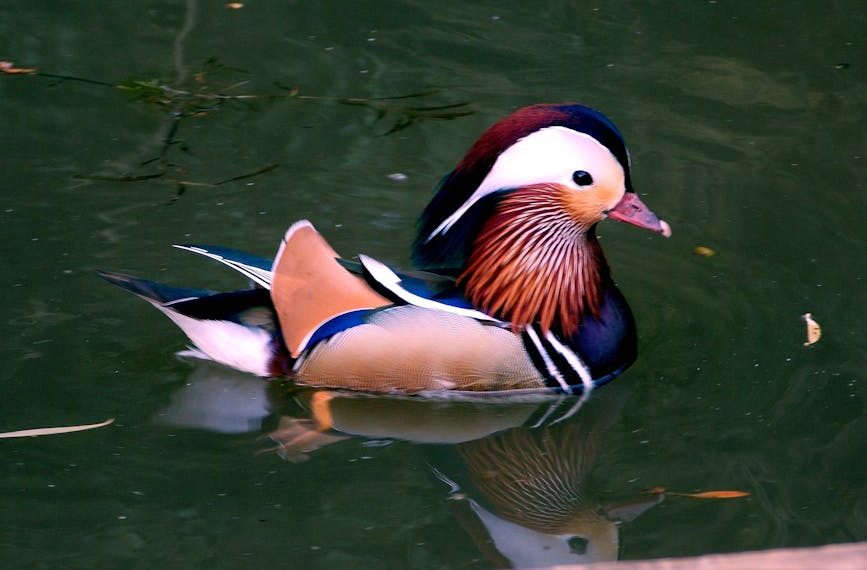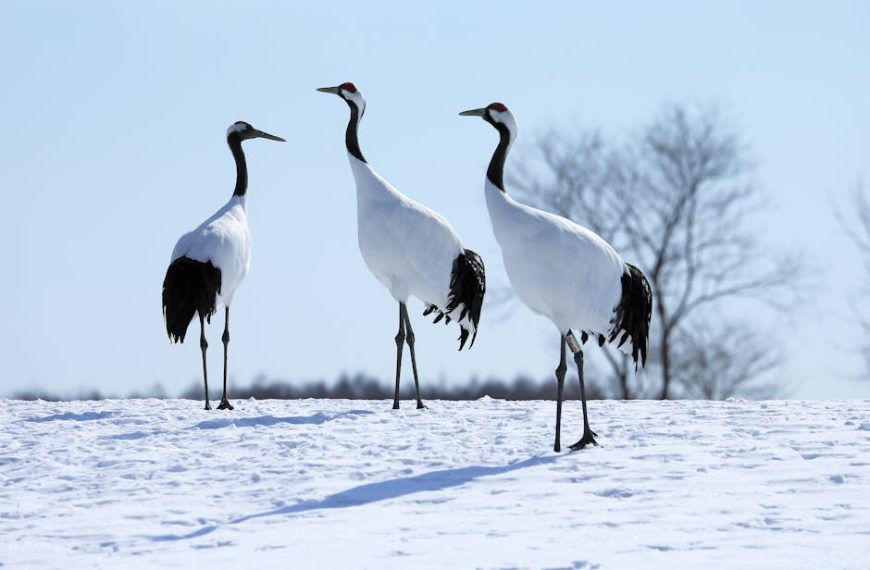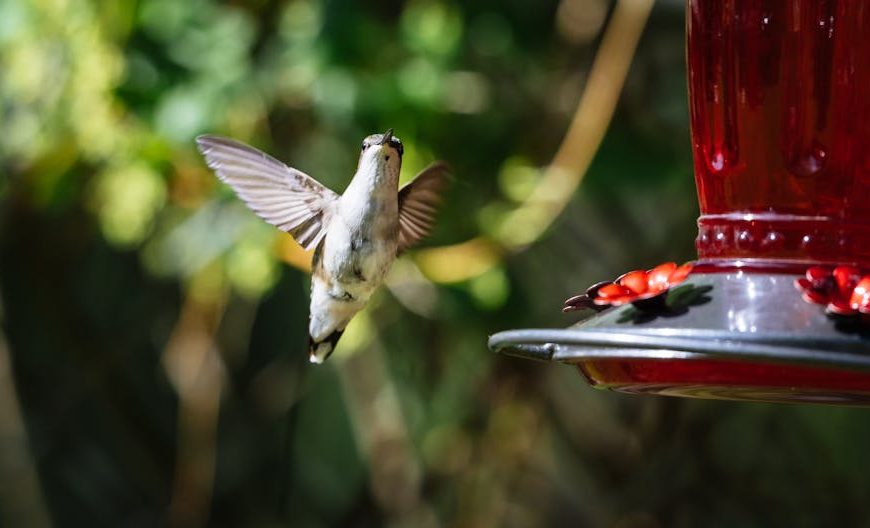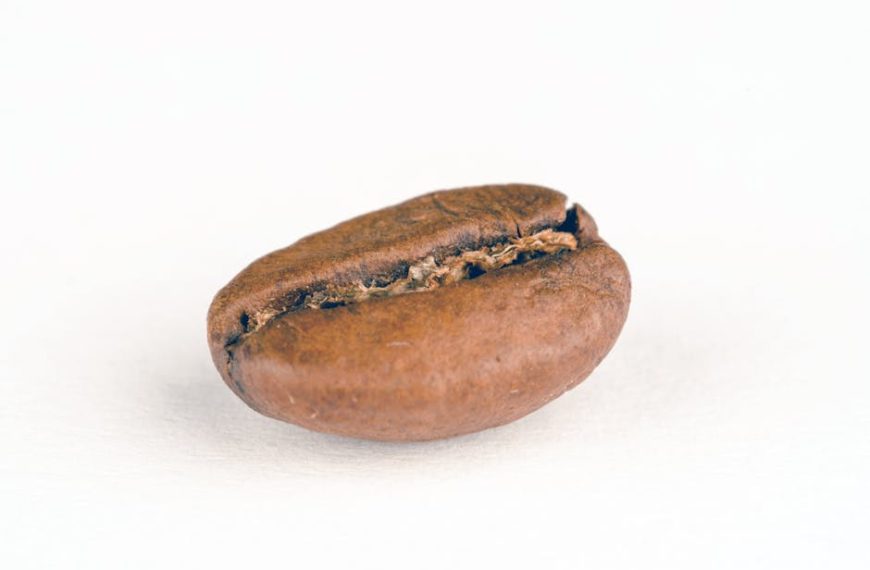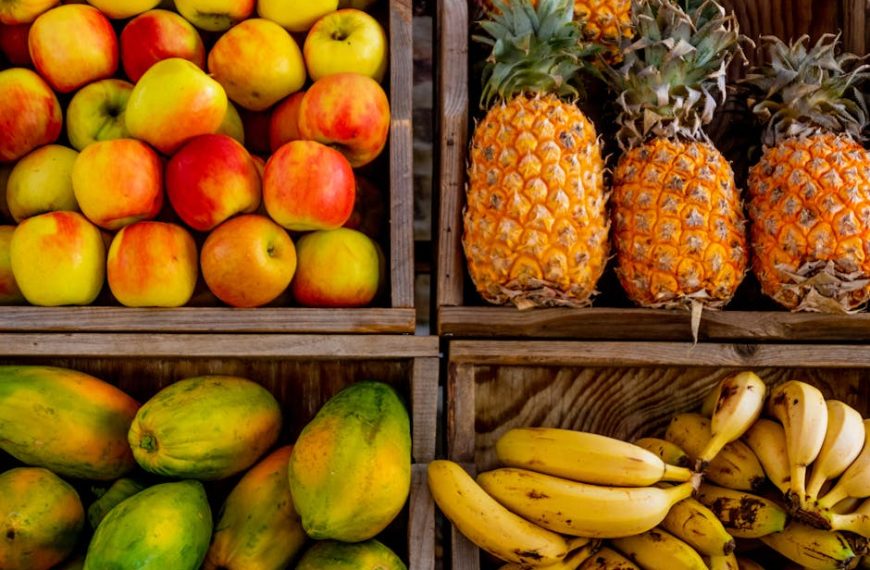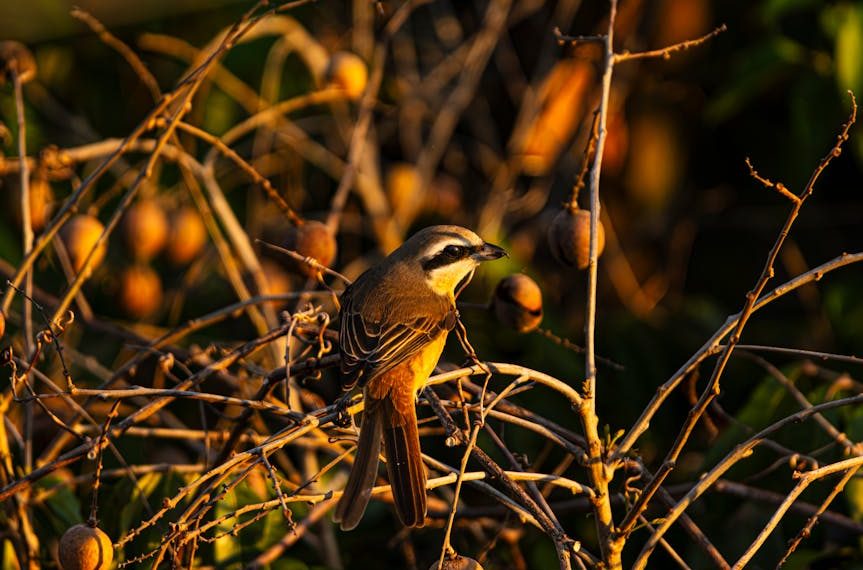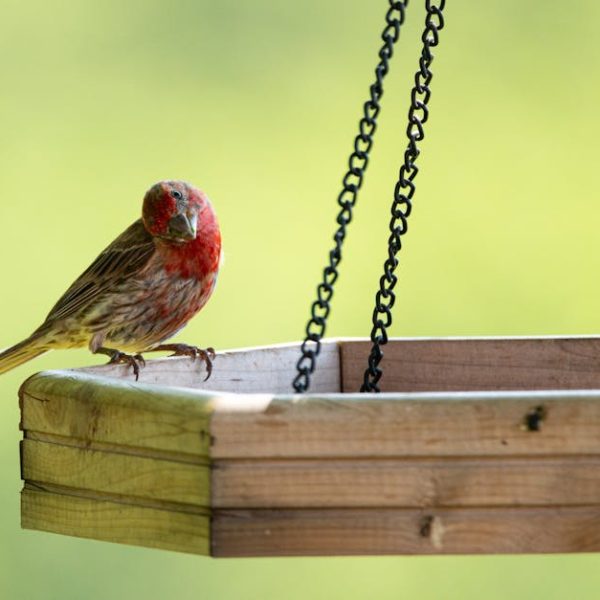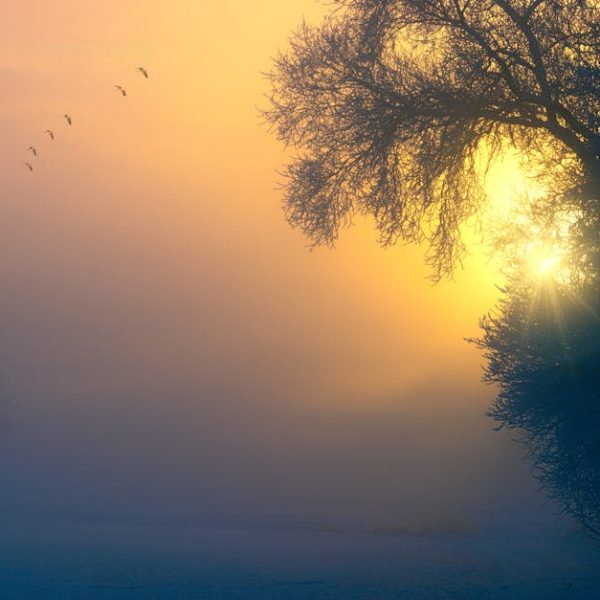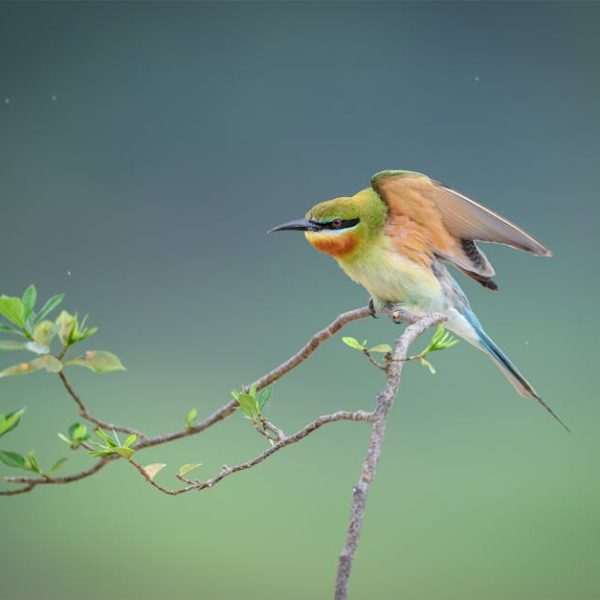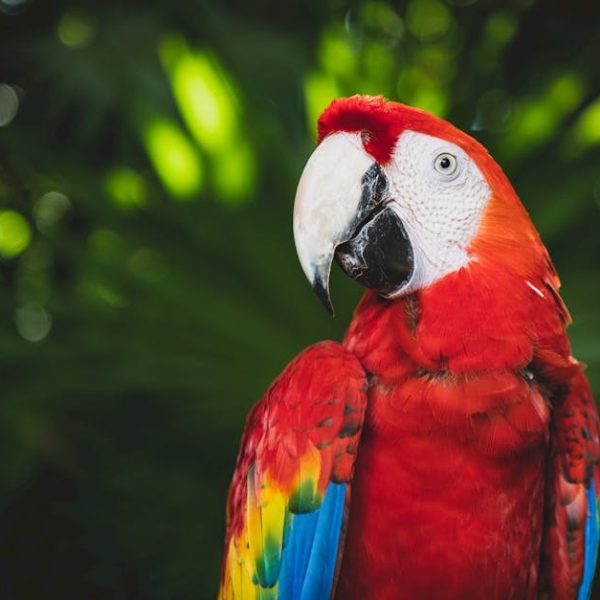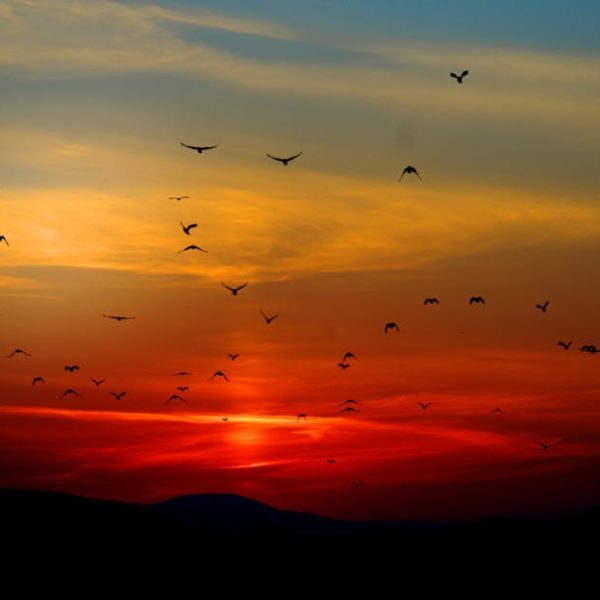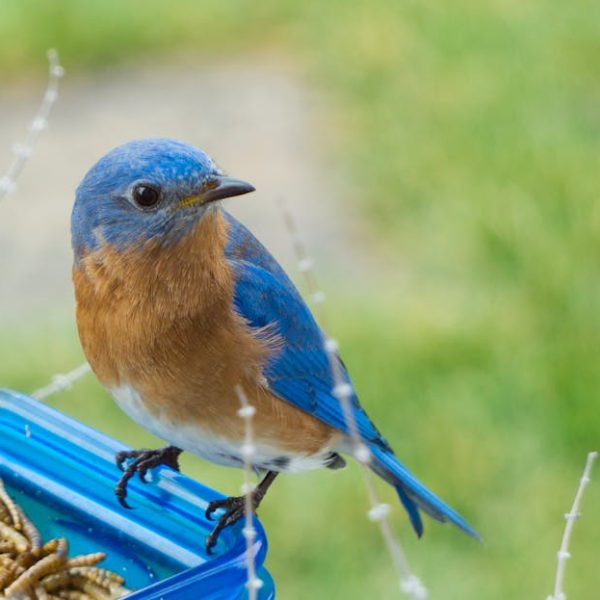Understanding Bird Feeding Habits
Bird-watching can be a deeply rewarding hobby, connecting you with nature right in your backyard. Your bird feeders, if tactically placed and periodically filled, bring an array of winged visitors to your garden. But when exactly should you be looking out for the flurry of feathers? The answer primarily lies in understanding bird feeding habits.
Each species of bird that commonly visits feeders has unique feeding times and behaviors, largely depending on their preferences and environmental conditions. For instance, you may spot the vibrant Northern Cardinal at daybreak due to its propensity for feeding early, while the Cedar Waxwing typically feasts on fruits in the afternoon.
Weather is another significant factor that influences when birds visit feeders. Fine weather usually sees greater bird activity as opposed to adverse conditions like heavy rain or extreme heat. To illustrate, consider the following table:
| Weather Condition | Bird Feeding Activity |
|---|---|
| Sunny and Mild | High |
| Rainy or Stormy | Low |
| Extremely Hot | Medium |
The Dawn Rush: Observing Birds Early in the Morning
An alarm clock isn’t necessary for bird enthusiasts; the rush of wings flapping as the dawn breaks is enough to pull them out of bed. The early hours of the morning are usually bustling with bird activity. Why is that so? Well, having rested through the night, the early morning meal serves as a crucial energy booster for our feathered friends.
Putting out suitable feed, such as mixed seeds, mealworms, and fruits, can help to entice a broader diversity of birds to your feeders during the morning. Keep a lookout for the Early Bird Brigade that usually includes the American Robin, Northern Cardinal, and Chipping Sparrow, easily identifiable with the help of a field guide or photographs to match.
Noon and Afternoon Lull: Bird Activities After Morning Rush
As the concentration of human activity increases through the day, the flurry at your bird feeder may temporarily decrease. The afternoon lull may also be attributed to the evasive strategies birds employ to avoid common daytime predators.
Increasing bird activity during quieter times in the day calls for innovative measures. A simple way is to provide species-specific feeds or shelters. For instance, hummingbird feeders filled with nectar solutions or berry-loaded feeders can give you opportunities to spot Hummingbirds or Cedar Waxwings that feed during odd hours.
The Dusk Bustle: Bird Feeder Activity in the Evening
Just as the break of dawn pulsates with winged activity, so does the onset of dusk. Predominantly seed-eating species, such as Mourning Doves, tend to visit feeders vigorously before their nighttime rest. Evening feed should include grains, nuts, and sunflower seeds to draw species such as Sparrows, Finches, and Grosbeaks.
Other Factors Affecting Optimal Bird Viewing Times
Besides diurnal patterns, several other factors such as seasonal changes, bird migrations, and local events play a role in determining bird feeding times. Migration periods see a decrease in local bird activity, while local events (like a tree fruiting in the vicinity) might attract specific bird species. Adapting your feeder’s contents such as providing more suet during the winter will help retain avian visitors.
Regional variations in bird feeding times also exist due to differences in climate or species distribution. A general rule of thumb is to research the feeding habits of local species in your area or consult a local bird club or ornithologist for data on peak bird activity times.
Our understanding of bird feeding habits lies at the heart of bird-watching, with every chirp serving as a harmonious reminder of our co-existence with nature.
How to Enhance Your Birdwatching Experience
To fully embrace the wonders of birdwatching, you need to create an appealing environment that attracts different bird species. Here’s a checklist of things you need to do:
- Set up diverse types of bird feeders: This caters to birds with different feeding habits. Some species prefer tube feeders, while others favor platform or suet feeders.
- Provide a variety of food: This includes seeds, grains, fruits, and nectar.
- Maintain hygiene: Ensure feeders are clean to prevent the spread of diseases among birds.
- Provide water: A birdbath not only attracts birds for drinking but also for bathing and preening.
- Plant native plants: They not only provide natural food sources but also nesting areas for birds.
Pro Tips: Maximizing Your Bird Watching Techniques
📙 Timing is everything: Besides sunrise and sunset, learn the feeding habits of the specific birds you’re interested in. This will help you determine the best times to watch them.
📙 Keep a record: Jotting down observations helps you understand patterns and behaviors over time. Note the type of bird, its behavior, its interaction with other birds, and the time of day.
📙 Be patient: Birds are often cautious of new objects, including feeders. It may take some time for them to feel comfortable in your garden.
Understanding and observing bird feeding habits can bring considerable joy and fascination. So, whether you’re an early riser or a night owl, there’s always a chance to catch a glimpse of nature’s winged marvels in your own backyard. Let’s keep our binoculars at the ready and observe the act of feeding as an intimate window into a bird’s daily life.
Key Takeaway:
- Every bird species has unique feeding times and behaviors, and bird activity at feeders primarily depends on these habits along with the environmental conditions and weather patterns.
- The dawn hours see a flurry of bird activity due to the birds’ need to replenish after a night’s rest. This bustle can be most effectively exploited by providing suitable feed such as mixed seeds, mealworms, and fruits.
- Bird activities decrease midday due to increased human activity and natural predator activities. Boosting activity during such times could be achieved by providing species-specific feeds and shelters.
- The afternoon lull is succeeded by post-dusk bustle, when birds rush to feed and prepare for their nighttime rest. Suitable feed during these times means providing grains, nuts, and sunflower seeds.
- Other factors including seasonal changes, bird migrations, and local events can affect bird-feeding times as well. It is beneficial to monitor these factors and adapt feeding practices accordingly.
Hop on the journey of observing and understanding bird-feeding habits, and you’ll discover a world of beauty and charm right in your backyard. Birds bring alive your garden, offering a mesmerizing sight and a symphony of tweets. Let’s share our spaces with these beautiful creatures, aiding them in their quest for sustenance, and considering it a privilege to be an intimate witness to their daily routine.
FAQs
Q: How does weather affect bird activity at feeders?
A: Weather plays a significant role in bird feeding habits. Birds are more likely to visit feeders during fine, mild conditions. On the other hand, adverse weather like rain, storms, or extreme heat can deter them from feeding.
Q: How exactly do human activities deter bird activity at feeders?
A: Birds can be easily startled by human presence or movements. High human activity around feeders will naturally make them cautious and may decrease their visits.
Q: Are specific bird species more likely to feed during odd hours?
A: Yes. Some birds, such as hummingbirds or Cedar Waxwings, are known to feed during unconventional times. Having species-specific feeders can help attract these odd-hour feeders.
Q: Is there a difference in the types of feed preferred by birds during different times?
A: Yes, bird dietary preferences can change based on the time of day. For example, morning feed should typically include mixed seeds, mealworms, and fruits, while evening feed could include grains, nuts, and sunflower seeds.
Q: How do local events or conditions affect bird feeding times?
A: Local events such as a tree fruiting nearby or seasonal changes can attract specific bird species and temporarily change feeding patterns. Adjusting feeder contents during these times can yield high bird activity.
Continue exploring more on our website and sharing wonderful articles to create a community of nature and bird enthusiasts. Happy birdwatching!
